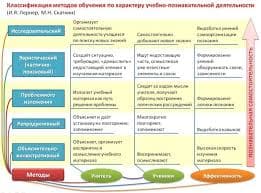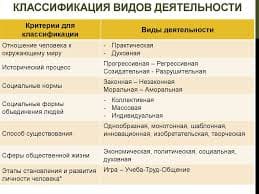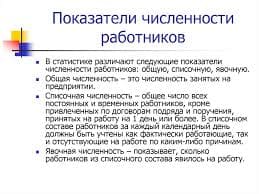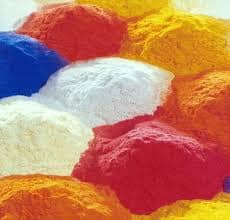Irrigation Systems in Cotton, Rice, Vegetable and Fruit-Growing Areas
The purpose of hydromelioration is to create favourable conditions for plant-growing and raise soil fertility in arid regions. Irrigation makes for considerably higher yields in areas where total precipitation is insufficient.
An irrigation system, regularly servicing big areas, consists of the following sections:
a) head water intake unit with a regulating installation in the river's bed;
b) irrigation canals (permanent and temporary);
c) distribution system (sometimes also a drainage system);
d) hydrotechnical installations on the canals and network;
e) service and dwelling houses.
TEXT 11
WATERING TECHNIQUECS AND METHODS
The cutting of canals makes for the regular and correct watering of large areas of land. Three methods of watering have received the widest recognition: gravity-flow surface irrigation, subsoil irrigation and sprinkling.
Most widespread today is the first method. Gravity-flow surface irrigation is effected in three ways depending on the structure of the soil, on the cultivated crops and requirements of agronomy:
a) furrow irrigation;
b) border flooding;
c) flooding.
Under the furrow method the water from the canals, furrows or pipelines flows in strips over the surface, or is fed into the irrigation furrow. Furrow irrigation is used for all the widespaced-row crops (cotton, maize, potatoes, sugar-beet, etc.).
The border flooding method is used for narrow-row crops (various grasses, grains, etc.). The flooding method is used chiefly for rice-growing and for leaching out saline soils.
Under the subsoil method, the water is fed from pipes or artificial mole-passages running underground. Subsoil irrigation has a great future. It is most effectively used on vineyards, in berry gardens and vegetable farming.
In sprinkling or overhead irrigation the water is pulverized over the field in the form of artificial rain.
This method has found particularly broad application because of its high degree of mechanization and the possibility of using it on abrupt slopes.
Of course in many cases dry farming can be combined with sprinkling.
TEXT 12
 2015-06-30
2015-06-30 491
491








